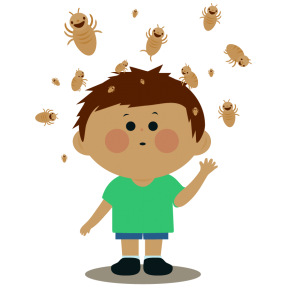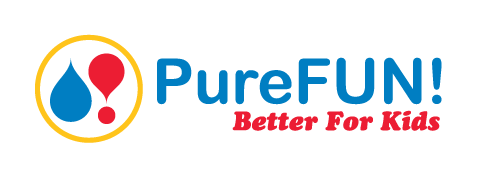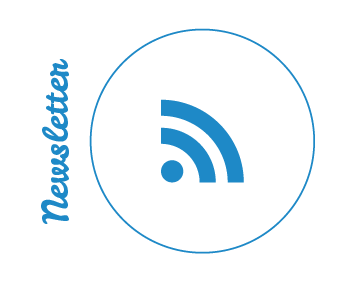Lice Outbreaks
 All you ever wanted to know about lice courtesy of the CDC.
All you ever wanted to know about lice courtesy of the CDC.
What Are Head Lice?
The head louse, or Pediculus humanus capitis, is a parasitic insect that can be found on the head, eyebrows, and eyelashes of people. Head lice feed on human blood several times a day and live close to the human scalp. Head lice are not known to spread disease.
How Did My Child Get Head Lice?
Head-to-head contact with an already infested person is the most common way to get head lice. Head-to-head contact is common during play at school, at home, and elsewhere (sports activities, playground, slumber parties, camp).
Although uncommon, head lice can be spread by sharing clothing or belongings. This happens when lice crawl, or nits attached to shed hair hatch, and get on the shared clothing or belongings. Examples include:
- Sharing clothing (hats, scarves, coats, sports uniforms) or articles (hair ribbons, barrettes, combs, brushes, towels, stuffed animals) recently worn or used by an infested person;
- Lying on a bed, couch, pillow, or carpet that has recently been in contact with an infested person.
Dogs, cats, and other pets do not play a role in the spread of head lice.
Treatment:
Treatment for head lice is recommended for persons diagnosed with an active infestation. All household members and other close contacts should be checked; those persons with evidence of an active infestation should be treated. Some experts believe prophylactic treatment is prudent for persons who share the same bed with actively-infested individuals.
All infested persons (household members and close contacts) and their bed mates should be treated at the same time.
Click here for more info…
Tags:
Related Posts
- 9/16 Webinar: So, You Want to Open a Child Care Program? ( August 20, 2019 )
- New USDA Phone App! ( June 10, 2019 )
- What’s In Season? ( May 15, 2019 )
- CDC FLU MAP – 2018-2019 Influenza Season Week 47 ending November 24, 2018 ( December 4, 2018 )
- Health & Safety Training ( March 16, 2017 )
- Bleach: Friend or Foe? ( March 16, 2017 )
- Allergy/Cold & Flu Season ( March 16, 2017 )
- Flu Alerts & Info ( March 16, 2017 )
- Healthy Classrooms ( March 16, 2017 )


